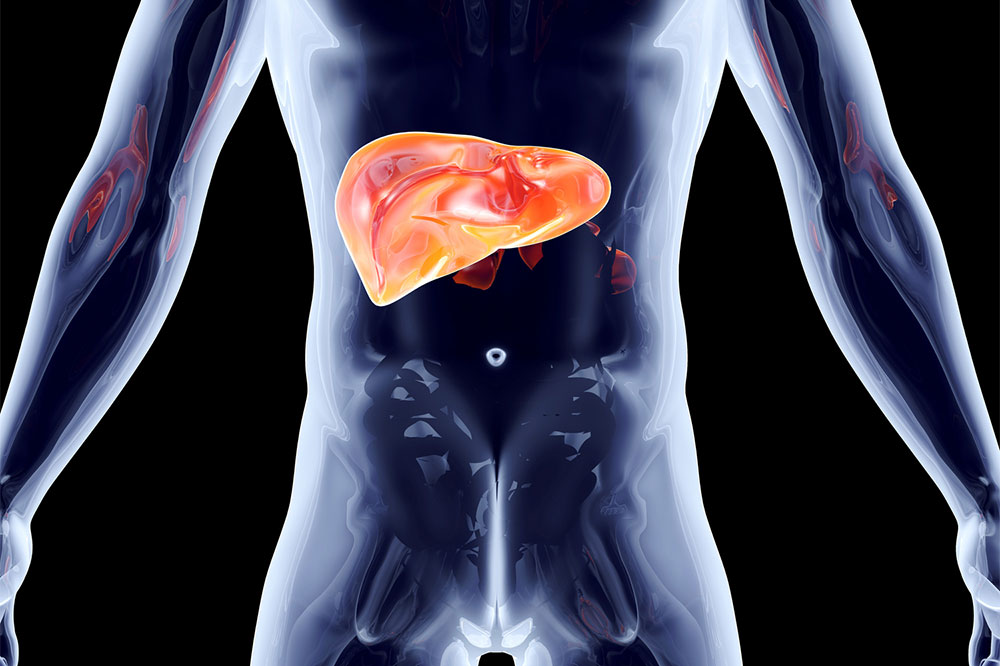Common signs, types, stages, and management of non-small cell lung cancer

Non-small cell lung cancer, also referred to as NSCLC, is the most common type of lung cancer. The condition occurs due to an abnormal genetic mutation when a typically healthy cell turns cancerous, then multiples and infects nearby tissues. It can also be triggered due to exposure to air pollution and asbestos, a natural mineral fiber. Learning about its types, early signs, stages, and treatments can help manage the disorder better.
Symptoms
Coughing up blood, mucus, or phlegm is a common early sign of this health condition. In addition, patients may experience chronic fatigue, breathing issues, loss of appetite, and hoarseness of voice. If the tumor has spread to the lungs’ lining, one can also experience chest pain. Those who experience these symptoms must consult a doctor immediately.
Types
The three most common types of NSCLC are:
Adenocarcinoma
It develops in the outer layers of one’s lungs in the mucus-secreting cells. Adenocarcinoma more commonly affects women than men.
Squamous cell carcinoma
This condition typically affects the central part of the lungs. It impacts the flat cells lining the major airways, such as the left or right bronchus.
Large cell lung carcinoma
This type of NSCLC can start in any region of the lungs. It grows and spreads more quickly. Early signs are fatigue and shortness of breath.
Stages
There are five stages of NSCLC, starting from stage 0. Stage 0 indicates cancer has not spread to nearby lung tissues. Stage 1 indicates the formation of a small tumor, while stage 2 marks the tumor size to 5 cm. Stage 3 is further classified based on the size of the tumor and the places it has spread to, including nearby lymph nodes. Stage 4 and above indicate that cancer has covered most of the lungs and has started spreading to nearby organs.
Diagnosis
To diagnose the condition, the doctor may inquire about the patient’s personal and family health history. Those who exhibit symptoms of cancer may need to go for additional testing. For example, it may include a biopsy or sampling of tissues, blood tests that detect cancer cells, chest X-rays, bone scans, and CT and MRI scans. A doctor may also run an ultrasound test to locate tumors.
Treatment
The most common way of treating NSCLS is chemotherapy, which aims to destroy cancer cells. It can also be treated with surgery. Depending on the cancer type, such as adenocarcinoma and squamous cell carcinoma, a doctor may opt for minimally invasive surgical removal of the tumor. Alternatively, a doctor can employ radiation therapy that targets cancerous cells while saving healthy ones.
For those in the early stages of NSCLC, where the cancerous cells have not spread outside the lungs, the five-year survival rate is 63%. However, if cancer has spread to surrounding lymph nodes, the percentage drops to 35%.






